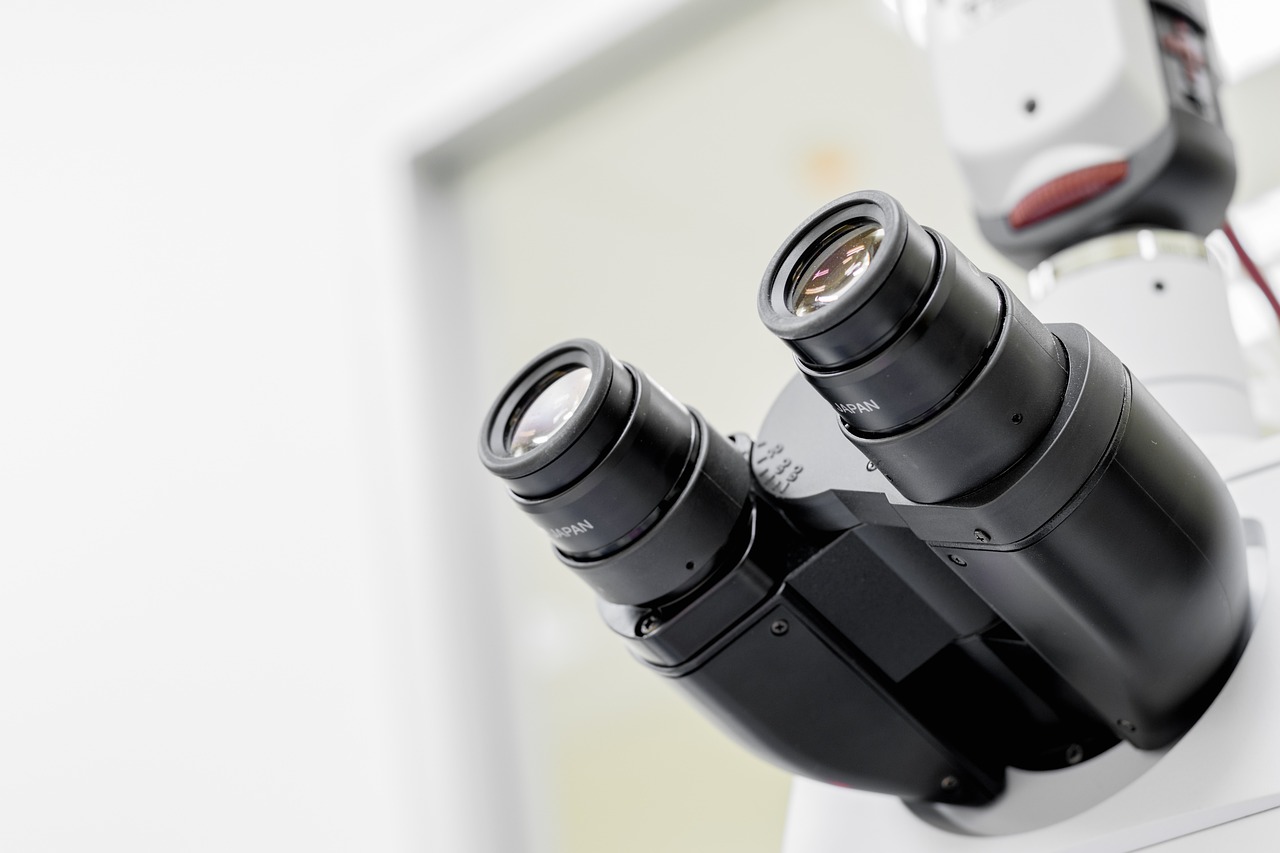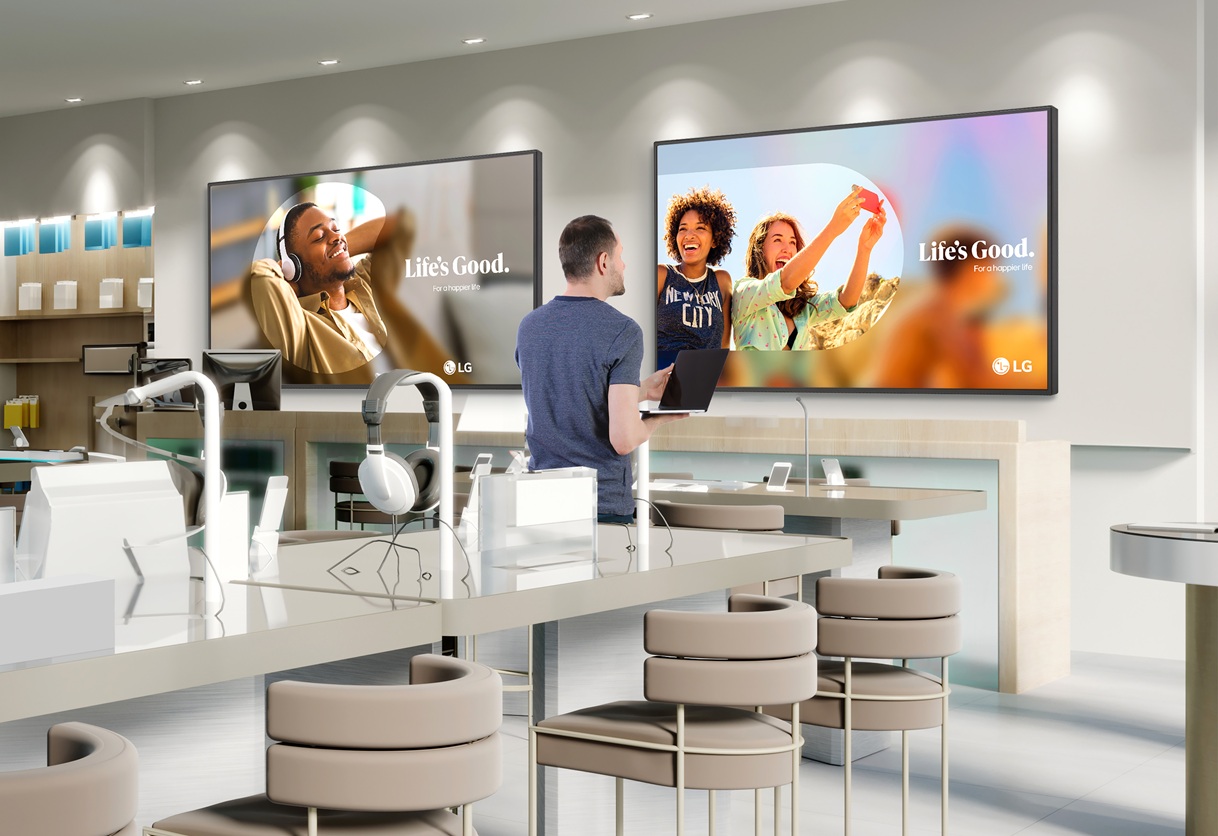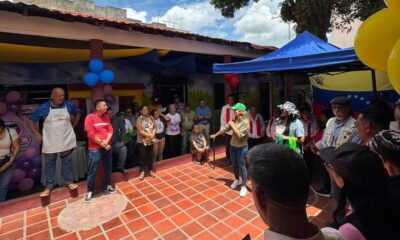Tecnología
Receptor Grade IGF-1 LR3 in Scientific Research and Cellular Dynamics

Receptor Grade IGF-1 LR3, a synthetic analog of insulin-like growth factor 1 (IGF-1), has emerged as a molecule of significant interest in scientific research due to its structural and functional properties. Comprising a modified amino acid sequence that supports its biological activity and stability, IGF-1 LR3 has been the subject of investigations exploring its potential impacts on cellular processes. This article delves into the molecular characteristics of IGF-1 LR3 and its hypothesized implications across various scientific domains.
Molecular Characteristics of IGF-1 LR3
IGF-1 LR3 is an extended version of native IGF-1, featuring a substitution at the third position (arginine replacing glutamic acid) and a 13-amino-acid extension at the N-terminus. These modifications confer increased binding affinity to the IGF-1 receptor while reducing its interaction with IGF-binding proteins, which may result in prolonged bioavailability and heightened activity. It has been suggested that this peptide may exhibit amplified impacts on IGF-1 receptor signaling pathways compared to its endogenous counterpart.
The peptide’s molecular stability and resistance to proteolytic degradation seem to support its potential utility in long-term experimental designs. IGF-1 LR3’s hypothesized versatility has prompted researchers to consider its implications relevant to studying cellular processes, tissue dynamics, and molecular signaling networks.
Possible Role in Cellular Processes Research
Research indicates that IGF-1 LR3 might modulate cellular proliferation and differentiation, two processes critical to cellular development and regeneration. The peptide appears to influence cell cycle progression and survival through its potential activation of the IGF-1 receptor and downstream signaling cascades, such as the PI3K/Akt and MAPK pathways. These properties suggest that IGF-1 LR3 might serve as a valuable tool for investigations into tissue engineering and regenerative biology.
For example, research models suggest the peptide may support the proliferation of certain cell types, including fibroblasts, myoblasts, and osteoblasts, making it a candidate for exploring tissue-specific growth dynamics. Additionally, the peptide’s potential to promote differentiation in progenitor and stem cells highlights its utility in stem cell biology and related implications.
Implications for Muscle Cell and Skeletal Research
The hypothesized impact of IGF-1 LR3 on muscle cells and skeletal systems has garnered interest in fields such as biomechanics and orthopedics. Studies suggest that the peptide may contribute to investigations of myogenesis, the process by which muscular tissue fibers form and mature. Its potential role in supporting protein synthesis and reducing protein degradation pathways suggests a utility in exploring muscular tissue growth and repair mechanisms under controlled conditions.
In skeletal research, IGF-1 LR3 might serve as a model peptide for examining osteogenic processes. Studies suggest it may stimulate osteoblast proliferation and activity, thereby facilitating bone matrix deposition. This property has led to its speculative implications in the study of bone density regulation and the molecular basis of bone pathologies.
Exploring Neuroprotective and Cognitive Mechanisms
Emerging theories propose that IGF-1 LR3 might play a role in neuronal integrity and cognitive function. The peptide’s interaction with IGF-1 receptors in neural tissues may activate signaling pathways implicated in neurogenesis, synaptic plasticity, and cellular resilience. Researchers are hypothesizing its implications in models investigating neurodegenerative conditions and neural repair mechanisms.
Furthermore, the peptide’s potential to support axonal growth and reduce apoptosis in neuronal cultures suggests it may provide insights into nervous system regeneration. By employing IGF-1 LR3 in experimental frameworks, scientists may uncover new facets of neurobiological resilience and adaptation.
Implications in Metabolic Research
IGF-1 LR3’s interaction with metabolic pathways may make it an invaluable tool for studying cellular energy balance and nutrient metabolism. Its hypothesized impacts on glucose uptake and lipid metabolism indicate potential implications in modeling metabolic disorders. By examining the peptide’s influence on insulin signaling and related pathways, researchers might elucidate mechanisms underlying metabolic regulation and dysfunction.
The peptide’s proposed potential to modulate cellular energy dynamics might also inform studies of mitochondrial function and oxidative stress. Thus, IGF-1 LR3 is a candidate for investigating metabolic adaptations under varying environmental or physiological conditions
Insights into Cellular Aging and Longevity
Cellular aging is marked by declines in cellular and systemic functions, often associated with reduced IGF-1 signaling. Researchers have theorized that IGF-1 LR3 may be of interest in investigating mechanisms of cellular aging and longevity, particularly in the context of cellular senescence and cellular vitality. Research indicates that by modulating IGF-1 receptor activity, the peptide might provide insights into the interplay between growth signaling and lifespan.
Experimental models might employ IGF-1 LR3 to explore the balance between anabolic and catabolic processes in cellular aging tissues. Additionally, its potential to influence autophagy and proteostasis may yield valuable data on maintaining cellular homeostasis during cellular aging.
Advancing Wound Research
The peptide’s possible role in cellular proliferation and migration suggests it might hold promise for research into wound healing and tissue repair. Investigations purport that by potentially accelerating the re-epithelialization process and supporting extracellular matrix remodeling, IGF-1 LR3 may serve as a model peptide for studying complex wound dynamics. Its hypothesized impacts on angiogenesis and the formation of new blood vessels further underscore its potential relevance in this domain.
Researchers might explore how IGF-1 LR3 modulates the interaction between different cell types involved in wound repair, such as keratinocytes, fibroblasts, and endothelial cells. This might inform broader investigations into tissue regeneration and recovery following injury.
Concluding Remarks
Receptor Grade IGF-1 LR3 presents a compelling avenue for scientific exploration across multiple domains. Findings imply that its structural modifications and hypothesized impacts on signaling pathways position it as a versatile molecule for probing fundamental biological processes. It has been hypothesized that from cellular proliferation and differentiation to metabolic regulation and cellular aging, IGF-1 LR3’s potential implications might extend to numerous areas of cellular research.
While the peptide’s full scope of impacts remains to be elucidated, ongoing investigations continue to highlight its relevance in advancing scientific understanding. It has been theorized that by leveraging the properties of IGF-1 LR3, researchers might unlock new perspectives on the molecular mechanisms that govern life and adaptation. Receptor Grade IGF-1 LR3 is available for sale online, but only to licensed professionals. This article serves educational purposes and should be treated as such.
References
[i] Zhang, X., & Li, Y. (2022). IGF-1 and its analogs in wound healing and tissue regeneration: Mechanisms and therapeutic potential. Journal of Investigative Dermatology, 142(11), 2749–2762. https://doi.org/10.1016/j.jid.2022.05.010
[ii] Walker, R. D., & Sutherland, E. S. (2020). Insulin-like growth factor analogs in aging research: Implications for aging-related pathologies. Aging Cell, 19(5), e13274. https://doi.org/10.1111/acel.13274
[iii] Nardone, R., & Vavassori, V. (2021). The molecular signaling of IGF-1 in muscle regeneration and repair: Focus on IGF-1 LR3. Muscle & Nerve, 63(4), 453–461. https://doi.org/10.1002/mus.27183
[iv] Finkelstein, J. W., & Brown, R. M. (2020). Role of growth factors and their receptors in musculoskeletal regeneration. Journal of Bone and Mineral Research, 35(9), 1622–1631. https://doi.org/10.1002/jbmr.4067
[v] Artz, S. W., & McLellan, S. A. (2019). Insulin-like growth factor-1 (IGF-1) analogs in regenerative medicine: Current understanding and future applications. Journal of Translational Medicine, 17(1), 72–85. https://doi.org/10.1186/s12967-019-1883-0
Tecnología
LG Electronics presenta innovaciones en InfoComm 2025

En el marco de InfoComm 2025, la convención más relevante de la industria Pro AV en Norteamérica, LG Electronics adaptó un enfoque renovado que combina demostraciones inmersivas de productos, integraciones con socios estratégicos y reuniones consultivas.
El stand de la compañía en Orlando se transformó en un espacio de interacción bajo el lema “Conectar, Innovar y Elevar con LG”, donde se exhibieron las últimas tecnologías de visualización comercial.
Además, las soluciones de LG estuvieron presentes en más de 20 stands de socios, con aplicaciones en mercados verticales clave.
“Nuestra estrategia en InfoComm 2025 es comenzar o fortalecer las relaciones, introducir ideas de colaboración y luego seguir con consultas más profundas. Se trata de un enfoque más completo y centrado en el desarrollo de soluciones a la medida para los clientes”, afirmó David Bacher, responsable de marketing B2B de LG Electronics USA.
Entre los productos destacados se encuentran el LG CreateBoard de 75 pulgadas, el LG MAGNIT AM Micro LED de 136 pulgadas, la pantalla Ultra Stretch 21:9 de 105 pulgadas, el OLED Transparente de 55 pulgadas, las pantallas LG UH5N Series de 55 pulgadas, las Ultra Stretch de 37 pulgadas, los kioscos de 27 pulgadas y las soluciones LG Business Cloud.
Uno de los aspectos más llamativos del evento es la pantalla OLED transparente de 30 pulgadas con asistente de inteligencia artificial, desarrollada en colaboración con la empresa Invisible Arts.
Este dispositivo está diseñado para funcionar como un conserje digital o asistente virtual, capaz de optimizar procesos operativos y mejorar la experiencia del cliente mediante la interacción con un humano sintético.
LG también colabora con una red de socios que presentan soluciones integradas con tecnología de la marca, incluyendo pantallas All-in-One, monitores médicos y quirúrgicos, ordenadores portátiles ultraligeros, pantallas ultraelásticas y dispositivos de alto brillo para exteriores.
Para incentivar la participación, la compañía ha lanzado el juego LG Partner Pursuit, que invita a los asistentes a recorrer los stands de sus aliados y participar por premios.
“No hay mejor manera de demostrar el poder de nuestras soluciones que nuestros socios mostrándolas en acción”, concluyó Bacher.
“En InfoComm 2025, no nos limitamos a exponer: colaboramos, asesoramos y cocreamos con nuestros socios y clientes”.
Nota de prensa
Te invitamos a leer
McDonald’s Venezuela promueve competencias escolares en matemáticas y lengua
Infórmate al instante únete a nuestros canales
WhatsApp ACN – Telegram NoticiasACN – Instagram acn.web – TikTok _agenciacn – X agenciac
-

 Deportes23 horas ago
Deportes23 horas agoFluminense en semifinales del Mundial de Clubes 2025 (+ video)
-

 Deportes8 horas ago
Deportes8 horas agoMás de 100 atletas participan en II Torneo Nacional “Batalla de Carabobo” de Tiro con Arco
-

 Carabobo24 horas ago
Carabobo24 horas agoGran afluencia de visitantes en Museo de la Cultura durante segunda semana del «1er Salón de la Ilustración»
-

 Carabobo24 horas ago
Carabobo24 horas agoEstudiantes de IDEA participaron en creativa jornada acompañados por la Dirección Central de Cultura UC



















